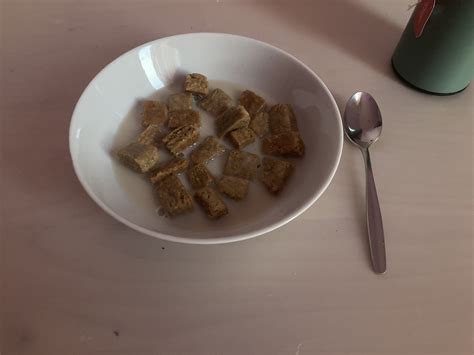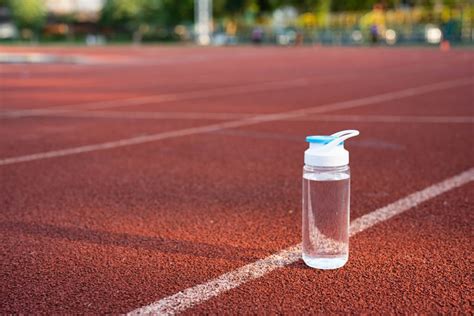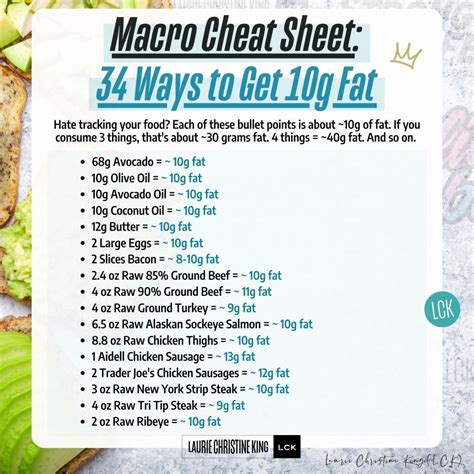Best recovery tactics for peak strength gains & daily performance?

True strength isn’t just built in the gym; it’s forged during the crucial hours between your training sessions. Recovery isn’t a passive break; it’s an active process essential for muscle repair, growth, and the replenishment of energy stores. Neglecting recovery can lead to plateaus, increased injury risk, and diminished daily performance. To consistently push boundaries and achieve your peak physical potential, a multi-faceted approach to recovery is non-negotiable.

The Cornerstone: Quality Sleep
There’s no recovery tool more powerful than sleep. During deep sleep stages, your body releases human growth hormone (HGH), which is vital for tissue repair and muscle growth. Furthermore, sleep helps consolidate memories (important for learning new movements) and regulates hormones that impact hunger and stress. Aim for 7-9 hours of quality sleep per night, ensuring a consistent sleep schedule even on weekends. Create a cool, dark, and quiet sleep environment, and limit screen time before bed to optimize melatonin production.

Fueling the Machine: Strategic Nutrition
What you eat directly impacts your body’s ability to recover. Protein is paramount for muscle protein synthesis and repair, so ensure adequate intake throughout the day, especially post-workout. Carbohydrates replenish glycogen stores, which are your primary energy source for intense training. Don’t shy away from healthy fats, as they play a role in hormone production and reducing inflammation. Focus on whole, unprocessed foods and consider nutrient timing to maximize their benefits.

Beyond Water: Optimal Hydration
Proper hydration is fundamental for almost every bodily function, including nutrient transport, joint lubrication, and temperature regulation. Even mild dehydration can significantly impair physical and cognitive performance, hindering recovery processes. Drink plenty of water throughout the day, not just during workouts. Electrolytes, like sodium and potassium, are also crucial, especially after intense or prolonged training sessions where you’ve sweat profusely.

Movement is Medicine: Active Recovery & Mobility
While rest days are essential, complete inactivity isn’t always the best approach. Active recovery, such as light cardio (walking, cycling, swimming) or gentle stretching, can promote blood flow, help remove metabolic waste products like lactic acid, and improve nutrient delivery to muscles without adding significant stress. Incorporate mobility work, foam rolling, and dynamic stretching into your routine to maintain range of motion and prevent stiffness, which contributes to better overall performance and injury prevention.
Mind Over Muscle: Stress Management
Chronic stress, whether physical or psychological, elevates cortisol levels, a hormone that can break down muscle tissue and impede recovery. Incorporating stress-reducing practices into your daily life is just as important as physical recovery tactics. Mindfulness, meditation, deep breathing exercises, spending time in nature, or engaging in relaxing hobbies can significantly lower stress levels, allowing your body to switch from a ‘fight or flight’ state to ‘rest and digest,’ optimizing recovery.

Conclusion: Consistency is Key
Achieving peak strength gains and consistent daily performance isn’t about training harder; it’s about training smarter, and recovery is an integral part of that intelligence. By prioritizing quality sleep, strategic nutrition, adequate hydration, active recovery, and effective stress management, you provide your body with the optimal environment to adapt, grow stronger, and perform at its best, day in and day out. Make these recovery tactics non-negotiable elements of your fitness journey, and watch your progress soar.







